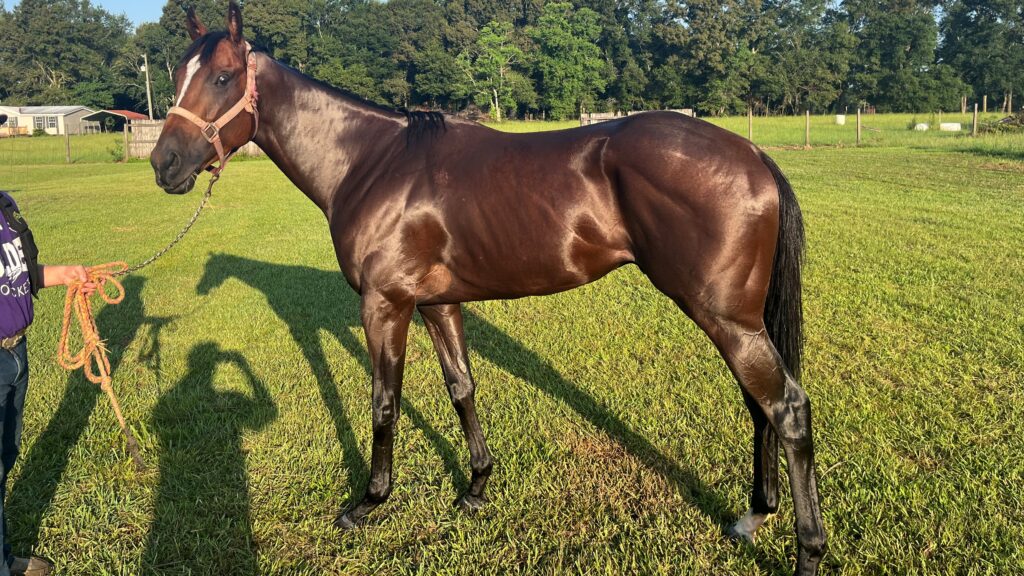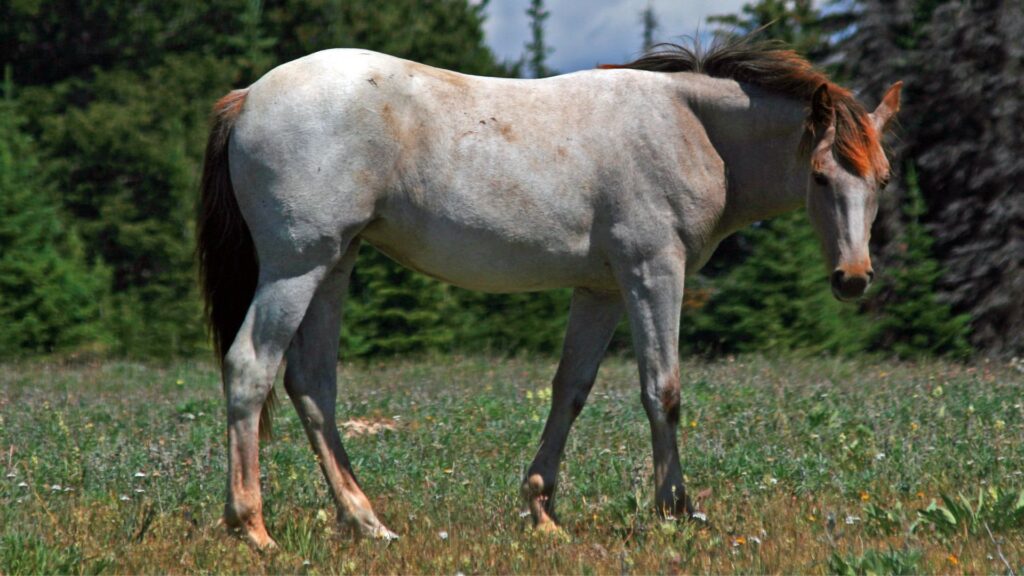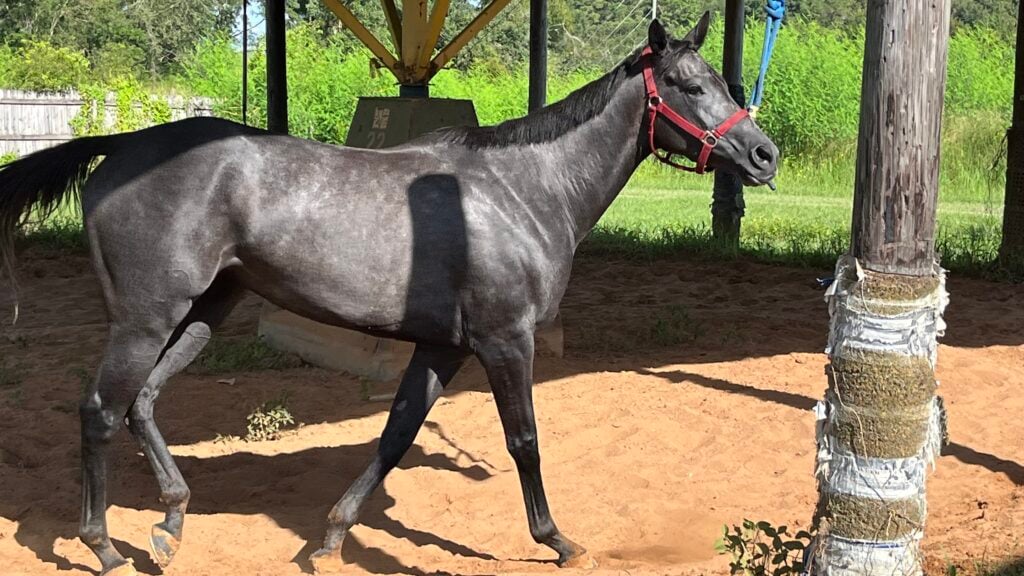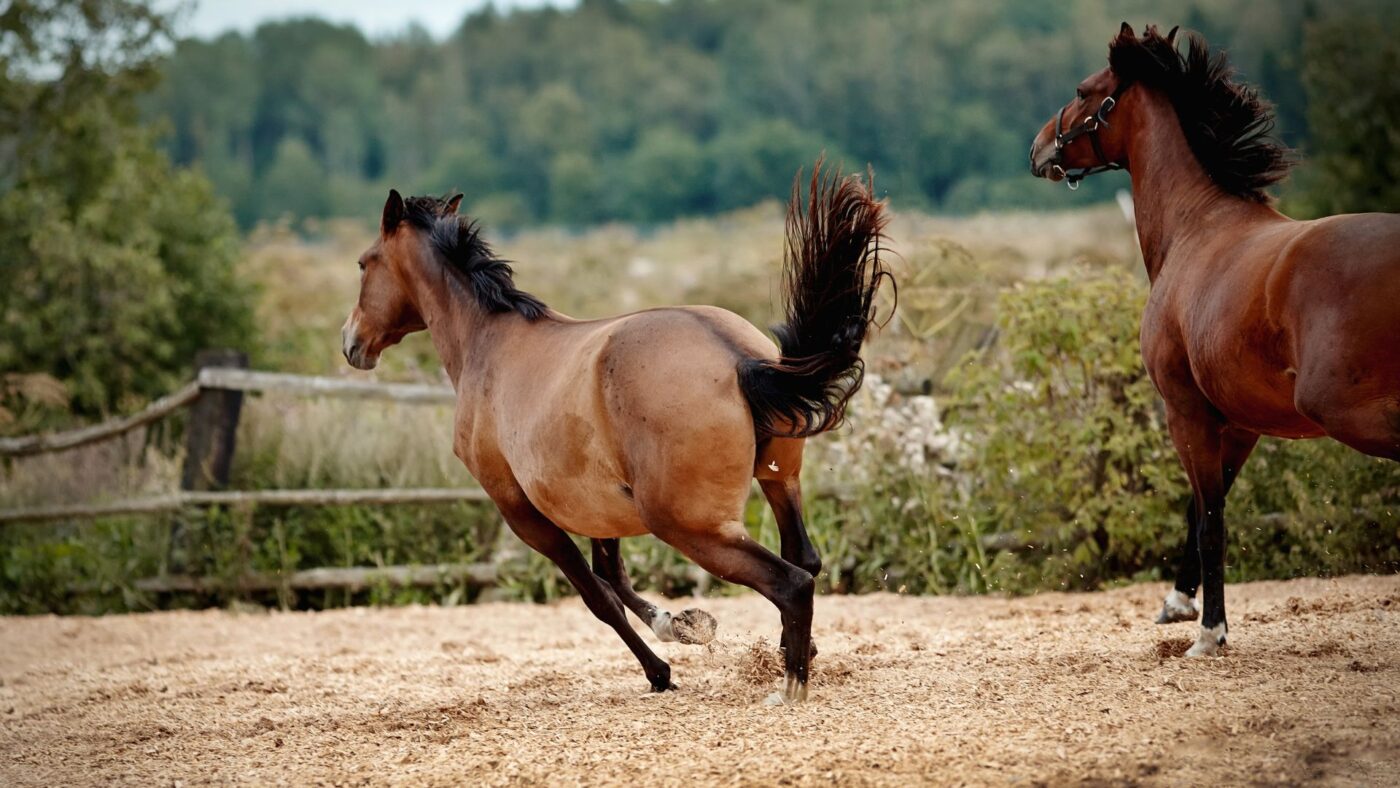Last updated: May 29, 2025
Are you curious about the fascinating world of horse coat colors? As a lifelong horse enthusiast and owner, I’ve always been captivated by the incredible diversity of hues seen in horses. In this article, I’ll share my insights and knowledge on horse coat colors, providing a beginner-friendly overview of the basic concepts and a glimpse into the genetics behind these stunning variations.

Unraveling the Genetic Lottery: How Inheritance Works
Like my racehorses, every horse inherits a unique combination of genes from its parents. These genes act as a blueprint, determining various traits, including coat color. To understand how this inheritance works, let’s explore some key concepts.
DNA is the molecule carrying the genetic instructions for an organism. Within DNA are sections called genes, which code for specific traits, such as coat color. Different versions of the same gene are called alleles. For example, a coat color gene might have alleles for black or red. These genes are organized on chromosomes, structures within cells that carry DNA. Horses have 32 pairs of chromosomes, inheriting half from each parent.

Not all genes have equal power. Dominant genes need only one copy to express their trait, while recessive genes need two copies (one from each parent). This interplay of dominant and recessive genes creates the incredible diversity of horse coat colors we see.
Punnett squares help visualize how traits are inherited. They predict the probability of offspring inheriting specific traits based on their parents’ genes. For example, a bay mare (Ee) bred to a black stallion (EE) has a 50% chance of producing a homozygous black foal (EE) and a 50% chance of producing a heterozygous bay foal (Ee).
| E | E | |
|---|---|---|
| E | EE | EE |
| e | Ee | Ee |
Horse color genetics involves many interacting genes. Understanding inheritance, dominant and recessive genes, and Punnett squares helps us appreciate the diversity of equine coat colors.
For further reading on equine genetics, check out the University of California, Davis Veterinary Genetics Laboratory: https://vgl.ucdavis.edu/

Genetic Influence on Horse Coat Colors
When we look at a horse, one of the first things we notice is its coat color. But have you ever wondered what’s behind those various shades? It’s all in the genes. Horses have specific genes that determine coat color, and how these genes are expressed leads to the spectrum of colors we see.
But here’s the catch: not all genes have the same say. Some are “dominant,” meaning they get to call the shots, while others are “recessive,” with less influence. A horse must inherit a recessive gene from both parents to show up in its coat color, while a dominant gene can do the job alone.
I have a range of bay horses in my stable, from a light sandy bay to a deep, almost black bay. It’s fascinating to see the variation within this single color. Let’s examine how these dominant and recessive genes create the three primary coat colors in horses: black, bay, and chestnut.

Basic Color Genetics in Horses
In the world of horses, there are a few primary coat colors: black, bay, and chestnut. A horse’s genetic makeup determines each color.
- Black horses are, well, black all over. This happens thanks to a dominant ‘Extension’ gene, specifically the ‘E’ allele. When a horse inherits this version of the gene, especially in the homozygous form (EE), it allows for the full expression of black pigment in the coat.
- Bay horses have reddish-brown bodies but black manes, tails, and lower legs. This color results from the interaction of two genes: the ‘E’ allele of the Extension gene, which permits the production of black pigment, and the ‘Agouti’ gene, with the ‘A’ allele specifically restricting the black pigment to the points of the horse (manes, tails, and lower legs).
- Chestnut horses are interesting; they range from reddish-gold to brown. Chestnut horses must inherit the ‘e’ allele from both parents (ee), which prevents the formation of black pigment and results in an entirely red coat. So, both parents need to pass on this gene for a chestnut horse.

Patterns and Their Genetic Basis
Beyond solid colors, many horses showcase patterns, nature’s equine artwork, determined by genetics.
One of the most recognized patterns is ‘Pinto,’ a term used for horses with large patches of white and another color. ‘Paint,’ on the other hand, refers to the American Paint Horse breed, known for its colorful coat patterns and particular lineage requirements.
Common patterns within the Pinto and Paint classifications include:
- ‘Tobiano,’ where the horse shows large, irregular patches of white and color, typically with white legs and a dark head. This distinct look is the result of a dominant gene.
- ‘Overo,’ a term encompassing several patterns where the white doesn’t cross the horse’s back, and the colored areas often have sharp, jagged edges. The genetics behind the various Overo patterns are diverse, with different genes contributing to each.
And then there’s the Appaloosa, a breed celebrated for its mottled skin, spotted coat, white sclera, and striped hooves. Appaloosas have unique patterns that can be produced by specific genes unique to the breed, making them a standout among the equine community.
When we admire a horse’s color or intricate patterns, we witness a complex interplay of genetics. Understanding these fundamentals enhances our appreciation of their striking aesthetics and is crucial for informed breeding and conservation efforts.

Dilution Genes.
In the equine world, dilution genes lighten the basic coat colors, creating a range of hues that differ from the original shade. They add a layer of complexity to the genetic puzzle of horse coat colors, often resulting in stunningly beautiful shades. One of the most well-known equine dilution genes is the “Cream” gene.
When a horse inherits one copy of this gene, it transforms chestnut into palomino, bay into buckskin, and black into smoky black. If a horse inherits two copies, the effect is even more pronounced, leading to colors like cremello, perlino, or smoky cream.
Another fascinating member of the dilution family is the ‘Dun‘ gene. While it dilutes the horse’s body color, it’s also responsible for dramatic ‘primitive markings,’ like a dark stripe down the center of the horse’s back (dorsal stripe) and zebra-like stripes on the legs. This gene doesn’t just lighten; it adds patterns, contributing to the diversity in horse coats worldwide.
The “Champagne” gene dilutes both red and black pigment, creating colors like gold, amber, and classic champagne. These horses often have pinkish skin with freckles and light-colored eyes.

These dilution genes can work alone or with others, leading to a vast spectrum of breathtaking horse colors. Understanding them is crucial for breeders selecting mates, buyers seeking specific coat colors and equine enthusiasts.
The interplay of dilution genes creates a vast and beautiful spectrum of equine coat colors, ensuring that horses continue to captivate us with their diverse and striking beauty.
Roan Horse Colors: A Unique Genetic Twist

In equine color genetics, we mustn’t overlook the enchanting world of roan horses. Roan isn’t just a color; it’s a distinctive pattern created by a unique genetic trait. Roan horses have a coat that mixes solid-colored hairs and white or gray ones, giving them a captivating speckled appearance.
Roan is primarily caused by the “Roan” gene, known scientifically as the “RN” allele. The “N” allele represents the non-roan variant. When a horse inherits one copy of the roan gene (N/RN), it displays the roan pattern to varying degrees, depending on the specific gene variant. The roan gene typically affects the body coat, leaving the head, mane, tail, and lower legs darker in color.

Roan horses can appear as Blue Roans (with a black base coat), Red Roans (with a chestnut base coat), or even Strawberry Roans (with a lighter, flaxen mane and tail). Other variations, such as bay roan and gray roan, also exist, adding to the diversity of this fascinating pattern.
Understanding roan genetics enhances our appreciation of the stunning variations in horse colors and plays a role in breeding decisions. For breeders, knowing which horses carry the roan gene can help predict the chances of producing roan offspring.
Gray Horse Colors: The Mysterious Transformation

Among the intriguing facets of equine color genetics, gray horses are a testament to nature’s artistry. Gray isn’t just a static color; it’s a gradual transformation over time.
Gray horses are typically born with a solid coat color: any primary color like black, bay, or chestnut. However, their coat gradually lightens as they age, and they develop flecks of gray or white hairs, eventually turning wholly white or nearly white.
This unique transformation is caused by a dominant gene called the “Gray” gene. The Gray gene (G) affects melanin production, the pigment responsible for coat color. Horses with one copy of the Gray gene (G/N) will undergo this transformation, while those without it (N/N) maintain their original color throughout their lives.
Gray horses can display various shades during this process, creating striking combinations like dappled gray or steel gray. This phenomenon adds a layer of mystery and elegance to equine color genetics, captivating horse enthusiasts worldwide.
Understanding the Gray gene’s influence is a fascinating aspect of horse genetics and essential for breeders and owners. It allows for predicting the gradual changes in a horse’s coat over time. Gray horses are a testament to the continuous evolution and wonder of the equine world.

Mutations and Their Effects on Horse Colors
Let’s talk about genetic mutations. In simple terms, mutations are changes in an organism’s DNA. Imagine writing an essay on your computer, and it suddenly glitches, adding a sentence you didn’t type.
That’s what a mutation is in the genetic code. Sometimes, these changes can affect certain traits, like a horse’s coat color, causing them to differ from what the standard genetic instructions might predict.
Common Color-Affecting Mutations in Horses
Several mutations specifically change horses’ coat colors, and they can get quite complex. Here are a few:
- The “Cream” mutation: This one lightens the coat, creating colors like palomino, buckskin, and smokey black. It’s like someone adjusted the brightness of the horse’s color!
- The “Dun” mutation causes the horse to have a lighter body color than the mane, tail, and legs. It also adds that cool dorsal stripe down the middle of its back.
- The “Silver” mutation mostly affects black or bay horses. It dilutes the dark color, especially in the mane and tail, causing a silver appearance.
Sometimes, these mutations can work together. For instance, a horse with cream and dun mutations will have a coat color that mixes both effects, leading to an even broader spectrum of possible colors.

The Significance of These Mutations
Not all mutations are just for show; some can have real benefits or downsides. For example, some color mutations are associated with health issues, like the “Frame Overo” pattern, potentially leading to Lethal White Syndrome in foals, a condition they don’t survive.
But mutations can also result in coat colors that are highly valued, contributing to the diversity we see and love in horse populations. In breeding, these mutations are super important. Breeders can use knowledge of color genetics to predict the possible colors of future foals and choose mating pairs that might produce certain desirable traits.
However, they also need to be aware of the health issues associated with some mutations and make responsible choices to ensure the well-being of the foals. Understanding color mutations isn’t just cool science; it’s crucial for maintaining healthy, happy, and wonderfully diverse horses for generations.

Genetics of White Markings
The genetics behind white markings are complex and not fully understood, but research suggests that multiple genes play a role. One gene that’s been identified is the KIT gene, which is associated with various white spotting patterns. The University of California, Davis, Veterinary Genetics Laboratory has published research on the KIT gene and its role in white markings.
Inheritance Patterns
The inheritance of white markings is thought to involve both dominant and recessive genes and other complex genetic factors. Some markings, like large blazes, are dominant, while others, like small socks, may be recessive. However, inheritance patterns can vary depending on the specific marking and horse breed.
Understanding the genetics of white markings adds another layer to our appreciation of the diversity of horse coat colors and patterns. It reminds us that each horse is a unique genetic masterpiece, carrying a combination of traits passed down through generations.

Frequently Asked Questions about Horse Color Genetics
What are the most common horse coat colors?
The most common horse coat colors are bay, chestnut, and black.
What is a dilution gene?
A dilution gene lightens a horse’s base coat color, creating variations like palomino, buckskin, and cremello.
Can a horse’s coat color change over time?
Yes, some horses, like grays, are born with a darker color and gradually lighten with age.
How can I learn more about my horse’s specific color genetics?
You can consult with a veterinarian or equine geneticist or use online resources like the UC Davis Veterinary Genetics Laboratory.
Here is a comprehensive YouTube video on Horse Color Genetics from the University of Nebraska.
Conclusion
As we conclude our exploration of horse color genetics, we’ve seen how genes, alleles, and mutations create the vast array of coat colors and patterns in horses. From the basic colors of black, bay, and chestnut to the fascinating variations caused by dilution genes and mutations, the world of equine color genetics is full of surprises and beauty.
Understanding these concepts is fascinating and crucial for breeders, veterinarians, and horse enthusiasts alike. It allows us to appreciate the unique beauty of each horse and make informed decisions about breeding, health care, and more.
What questions do you have about horse color genetics? Share your thoughts and experiences in the comments below!

About the Author: Miles Henry
Lifelong Horseman | Racehorse Owner | Published Author
Miles Henry brings over 25 years of hands-on experience training and owning Thoroughbred racehorses. Raised with Quarter Horses and Appaloosas, he’s spent a lifetime learning from horses—on the track, in the barn, and in the field. Today, he runs a small but successful racing stable in Louisiana and shares real-world insights on HorseRacingSense.com, helping horse owners, fans, and bettors navigate the sport with confidence.
📚 Books: View Miles’s books on Amazon »
🎧 Podcast Guest: Animal Tales Ep. 32 |
YouTube Interview
📩 Newsletter: Sign up for racing tips and horse care advice »
🔗 Follow Miles:
Twitter |
Facebook |
YouTube


